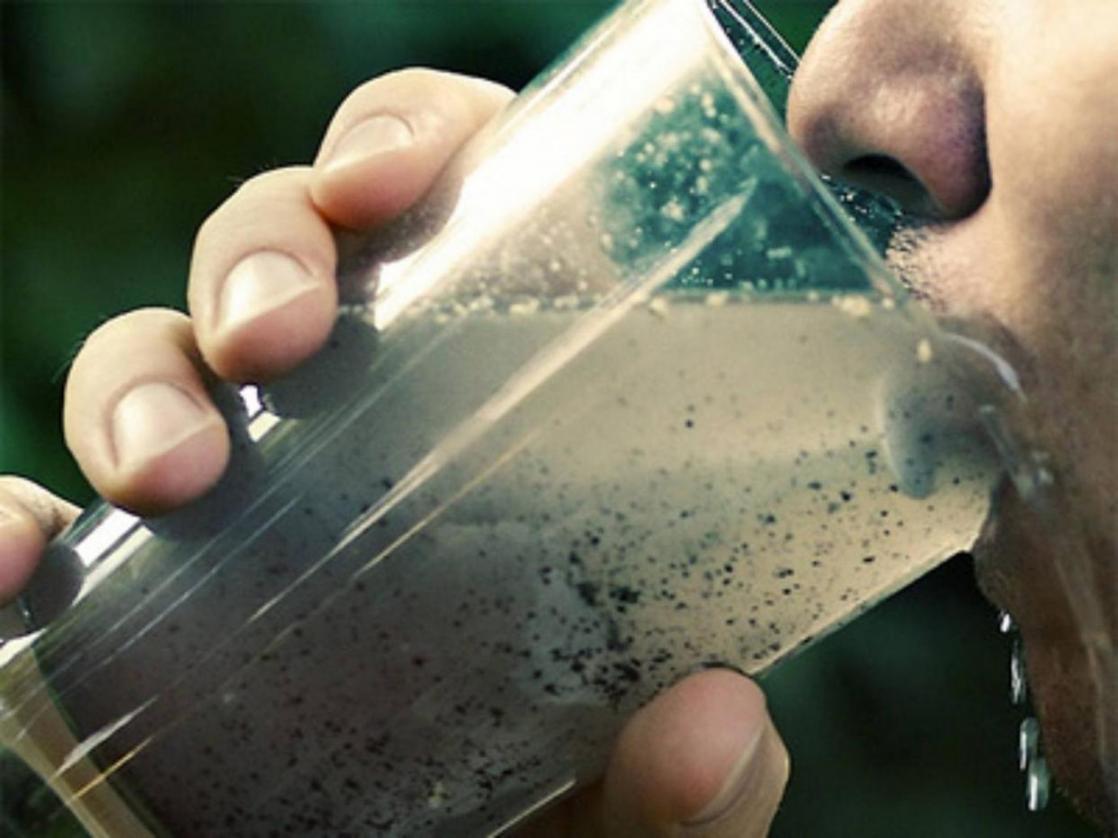Sand, coral and even waste building materials can become extremely efficient sorbents for removing toxic substances such as arsenic from water if they are treated for that purpose.
Scientists of Tomsk Polytechnic University (TPU) have revealed a new technology that purified 3.6 cubic meters of water using 200 grams of sorbent from available raw materials, the cost of which will be a little more than $1 to end users.
“Arsenic in drinking water is a huge problem for many countries around the world: India, China, Russia, Argentina, Chile, Poland, Hungary, the US and others,” says the project’s scientific supervisor Mikhail Khaskelberg, phys.org reported.
“Our technology allows any country to find the cheapest material to produce sorbents. This may be Vietnamese sand, corals, waste from the production of bricks, aerated concrete,” he adds.
For the experiments in the laboratory, they used a solution in which the arsenic concentration was up to 50 times higher than the maximum levels set by the World Health Organization.
“Scientists in different countries are studying the same corals and sand as sorbents. But we succeeded in making these simple materials work very effectively, using simple and inexpensive processes in terms of future production,” says Khaskelberg.
Thus, the scientists use chemical adsorption resulting in contaminant deposition on the sorbent surface. The laboratory uses electro-kinetic adsorption, in which the positively charged heavy metal ions are attracted to the negatively charged surface of a sorbent.
Affordable Alternative
“This technology can be used for purification of private wells and industrial waste water,” the scientist said. “According to our calculations, one glass sorbent should be enough for at least 60 to 90 days if there is a catastrophic amount of arsenic in water. Furthermore, our sorbent can be regenerated at least 10 times. Commercial sorbents cost about $27 per kilogram; our technology costs $4 to $5 per kilogram.”
The scientists have already submitted an application for patenting the technology. They are also looking for Russian and foreign investors.
“Despite the fact that the purification of water using sorbents is not a pioneering discovery, the subject is highly relevant. Top international journals have published articles about the properties of known and new materials. And this is understandable — the technology is improved, and problems are solved more elegantly. The basic idea is to develop the cheapest and most effective material. That is why the search continues,” adds Khaskelberg.


